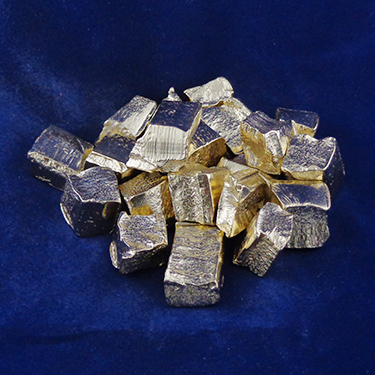Tin prices, which have rallied in recent months to near two-year highs, could be bolstered further by supply disruptions, ongoing geopolitical conflicts, fund inflows in the event of interest rate cuts and stabilizing demand, analysts say.
Benchmark three-month tin on the London Metal Exchange hit $36,050 a metric ton in April, propelled by production problems in Myanmar, Indonesia and the Democratic Republic of Congo, which accounted for 43% of global tin mine production in 2023 according to United States Geological Survey data.
Tin has gained 31% this year, making it the best performing base metal, on funds flowing into the sector to hedge against inflation and as hopes of rate cuts grow. Tin’s gains have exceeded those of investor favourite copper.
On the supply side, Project Blue analyst Jack Anderson said it remained unclear whether tin mining operations in Myanmar’s Wa State would resume within the next six months, as some analysts expected.
“While Indonesia has resumed exports, it is also uncertain whether producers in the country will increase export volumes to make up for the first two months of the year,” he added, referring to delays in export permits from the country.
Tin prices may see “extreme increases” in the second half, hitting as high as $38,000 a ton due to macroeconomic factors, said Guo Ning, a secretary general at the China Nonferrous Metals Industry Association (CNIA).
In addition, long-term exports from Indonesia will likely fall as it reserves more metal for use in domestic downstream sectors, she said.
China’s tin production will likely reach 216,000 tons in 2024 and consumption could hit 226,000 tons, Guo said. Project Blue also forecast global tin demand will outstrip supply this year.
Demand
First-quarter tin consumption in top buyer China rose 6.7% to 56,000 tons, said CNIA’s Guo, driven by a solid recovery in the white goods market and a slight rebound in mobile phones and personal computers.
Tin usage in the photovoltaic, automotive electronics and chemicals industries also saw good growth, Guo added.
BMI analysts increased their 2024 tin price forecast, but predicted prices could ease to around $26,000 to $32,000 a ton in the coming months due to sticky inflation and a slower pace of semiconductor sales growth, in a report published on Monday.
Taiwan Semiconductor Manufacturing Co, the world’s largest contract chipmaker, last month surprised the market by dialling back its expectations for chip sector growth.
Net long tin positions by investment funds on the LME hit a record high in April, but have fallen back slightly, exchange data showed.
“High levels of net spec warn that prices are overextended, as there are few new longs to enter the market,” said analyst Dan Smith at brokerage Amalgamated Metal Trading.
Adding to price pressure, tin inventories surged to a record high in warehouses tracked by the Shanghai Futures Exchange.
Higher futures prices attracted tin held outside exchange warehouses to flow into SHFE warehouses, said analyst Jeremy Pearce at the International Tin Association.
“If I were a consumer, I would protect myself against a push higher, just being risk averse,” said analyst Michael Widmer at Bank of America.
“From a funds perspective, I would probably wait and see how the fundamentals picture shapes up from where we are,” he added.
Indonesian Mining | Mining.com





